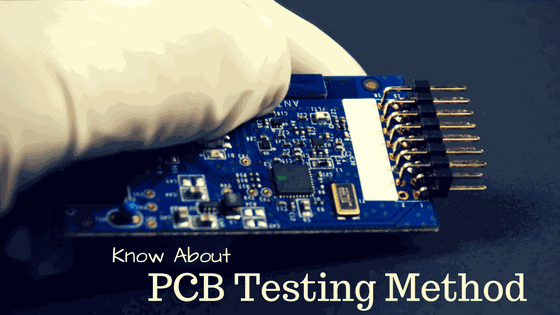High-Density Interconnect (HDI) printed circuit boards (PCBs) have become a crucial component in modern electronic devices, thanks to their ability to accommodate more functionality in smaller form factors. Ensuring the reliability and functionality of these intricate PCBs is paramount in the electronics industry. This article aims to guide industry professionals through the testing methods and strategies required to validate HDI PCBs effectively.

1.Visual Inspection
Visual inspection is the initial step in HDI PCB testing. It involves a detailed examination of the PCB for any visible defects such as solder bridging, misaligned vias, or damaged traces. Skilled technicians with keen attention to detail are crucial for this task. Automated optical inspection (AOI) systems can also be employed to enhance accuracy and speed in detecting surface-level issues.
2.X-ray Inspection
HDI PCBs often feature multiple layers of closely spaced vias and components, making it challenging to detect defects through visual inspection alone. X-ray inspection, or X-ray computed tomography (CT), is invaluable in assessing the internal structure and ensuring the quality of buried vias, solder joints, and other hidden elements. It allows for a non-destructive analysis of the PCB's internal features, revealing any voids, cracks, or misalignments.
3.Electrical Testing
Electrical testing is essential to verify the functionality and integrity of the HDI PCB. This includes several sub-tests:
a. Continuity Testing: A basic test to ensure that all traces are properly connected and there are no open circuits.
b. Short Circuit Testing: Detects unintended connections between different circuits that can lead to malfunctions or damage.
c. In-Circuit Testing (ICT): Utilizes test probes to check the functionality of individual components and verify correct placements.
d. Flying Probe Testing: A non-contact testing method using automated probes to access hard-to-reach areas on the PCB for functional testing.
4.Impedance Testing
HDI PCBs often require controlled impedance to maintain signal integrity in high-frequency applications. Impedance testing measures the consistency of the traces and vias with the specified impedance values. It ensures that signals propagate without distortion or loss.
5.Thermal Testing
Thermal testing assesses the PCB's ability to dissipate heat effectively, which is crucial for reliability and performance, especially in applications prone to high temperatures. Thermal profiling and infrared thermography are commonly used methods to evaluate heat distribution and potential hotspots on the PCB.
6.Environmental Testing
To assess the durability of HDI PCBs under real-world conditions, environmental testing is essential. This includes:
a. Temperature Cycling: Repeated exposure to extreme temperature variations to simulate operational stress.
b. Humidity Testing: Evaluates how the PCB performs in high humidity environments, preventing moisture-related issues like corrosion.
c. Vibration and Shock Testing: Ensures the PCB can withstand mechanical stress and vibrations, commonly encountered in transportation or rugged applications.
7.Functional Testing
Functional testing assesses whether the HDI PCB performs its intended tasks as part of the larger electronic system. This step is crucial to validate the overall functionality of the device.
8.Reliability Testing
Reliability testing involves subjecting HDI PCBs to accelerated aging and stress conditions to predict their lifespan and identify potential failure modes. This includes HALT (Highly Accelerated Life Testing) and HASS (Highly Accelerated Stress Screening) testing.
Conclusion
Testing HDI PCBs requires a comprehensive approach that covers visual inspection, X-ray analysis, electrical and impedance testing, thermal and environmental testing, functional testing, and reliability testing. Ensuring the quality and reliability of these advanced PCBs is essential in today's electronics industry, where performance and miniaturization are critical factors in product success. By employing these testing methods and strategies, industry professionals can confidently deliver high-quality HDI PCBs for a wide range of applications.

Get more knowledge about Testing Methods for HDI PCBs please refer to Rigaopcb:https://www.rigaopcb.com/